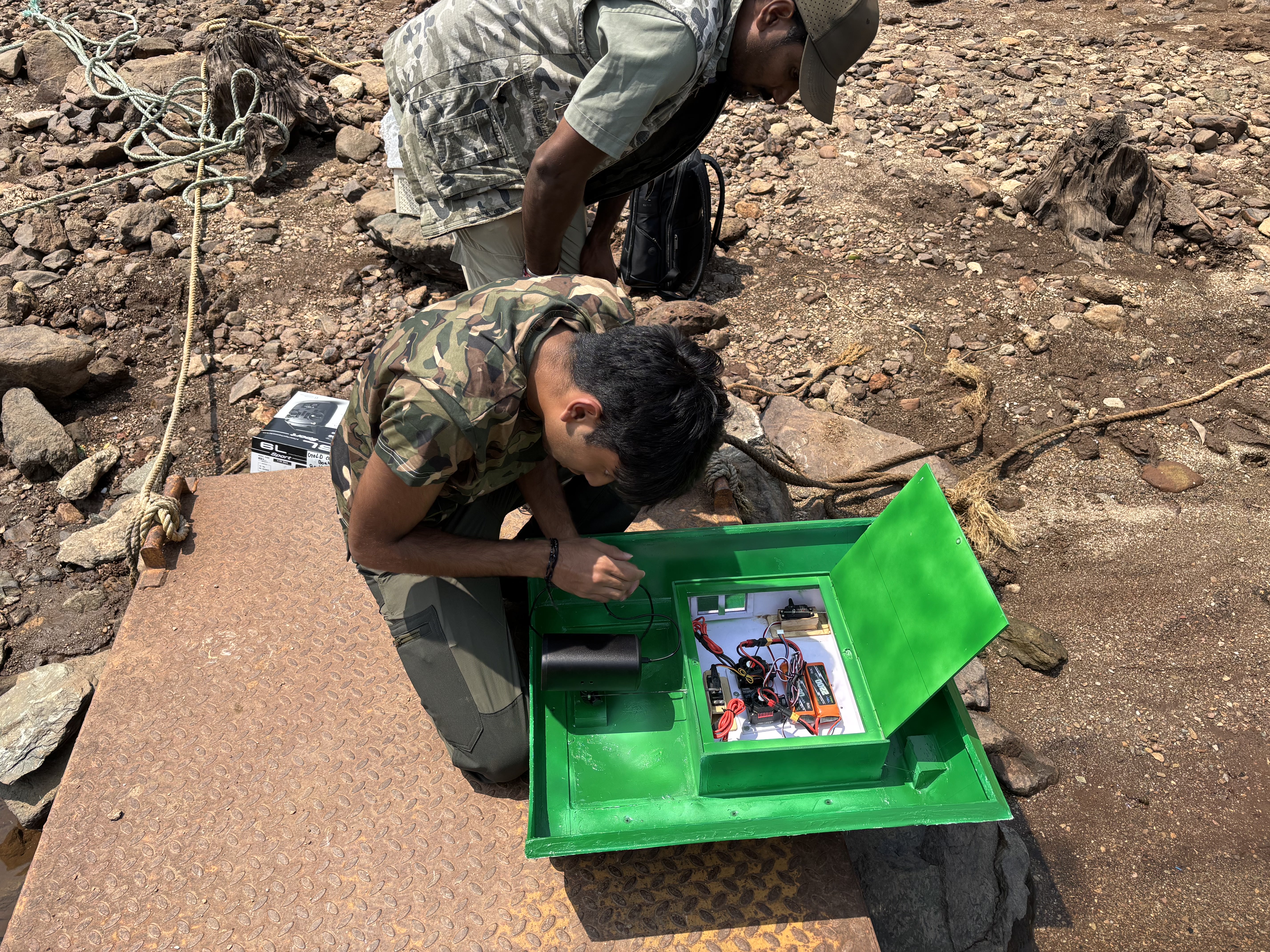BirdRover - AI-Powered Avian Monitoring Hovercraft
IRIS Grand Award Winner & Regeneron ISEF Finalist

Birds are not only one of the most magnificent creatures but also serve as crucial indicators of ecosystem health. However, bird populations are declining as habitats are being lost due to deforestation and rapid urbanisation. Yet, there is a lack of an efficient means of tracking bird population data to aid with conservation efforts and analysis of bird species distribution. Conventional methods are heavily reliant on bird-watchers, with some innovative approaches including the use of stationary cameras, which limit the scope of detection. This research introduces a novel approach to this problem, using a small, radio-controlled mobile platform (boat), equipped with cameras and AI detection algorithms to automatically capture and store images of birds. These images can then be classified with the help of AI classification algorithms, which have been specifically trained on birds commonly found in Bangalore and India. By developing multiple prototypes, testing different cameras, and implementing various propulsion methods in order to minimise noise, the rover has been very specifically designed for this use case. By integrating computer vision, machine learning, and engineering, my rover provides a scalable solution for ornithological research and conservation efforts. This study further uses data from the device collected at water bodies in Karnataka to analyse habitat suitability and potential variables causing decline by using species distribution modelling (SDMs) with models like MaxEnt to help conservationists identify the requirements of particular bird species. This study provides an approach that makes the process of bird monitoring more systematic, effective, and scalable than existing methods.
- AI-driven real-time bird detection and species identification
- Non-invasive, low-noise hovercraft design for minimal environmental disturbance
- High-resolution camera array for detailed avian observation
- Autonomous Image-capture and data collection capabilities
- Data analytics dashboard for population trends and behavioral insights
- Optimizing AI models for diverse bird species and environmental conditions
- Designing a stable and efficient hovercraft propulsion system
- Ensuring robust waterproofing and durability for varied terrains
- Integrating seamless data transmission from hovercraft to analysis platform
- Awarded IRIS Grand Award, leading to Regeneron ISEF 2025 representation for Team India
- Being utilised by MR Karthik NJ, a PHD Scholar at Kuvempu University for studying the populations of River terns- Paper Pending
- Provides a cost-effective and scalable solution for biodiversity monitoring
- Minimizes human footprint in sensitive ecological zones
- Generates valuable data for ornithological research and conservation strategies